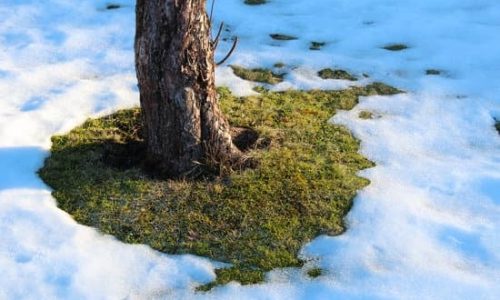Winter can create ideal conditions for certain insect pests that pose a threat to your lawn’s health. By identifying common culprits like grubs and chinch bugs and taking effective control measures, such as proper lawn maintenance and targeted treatments, you can protect your lawn from damage and ensure it remains healthy and vibrant year-round.
By recognizing common winter lawn pests and applying effective control measures, you can safeguard your lawn from potential damage. A well-maintained, healthy lawn is naturally more resistant to insect infestations, ensuring its resilience through the colder months and beyond.


